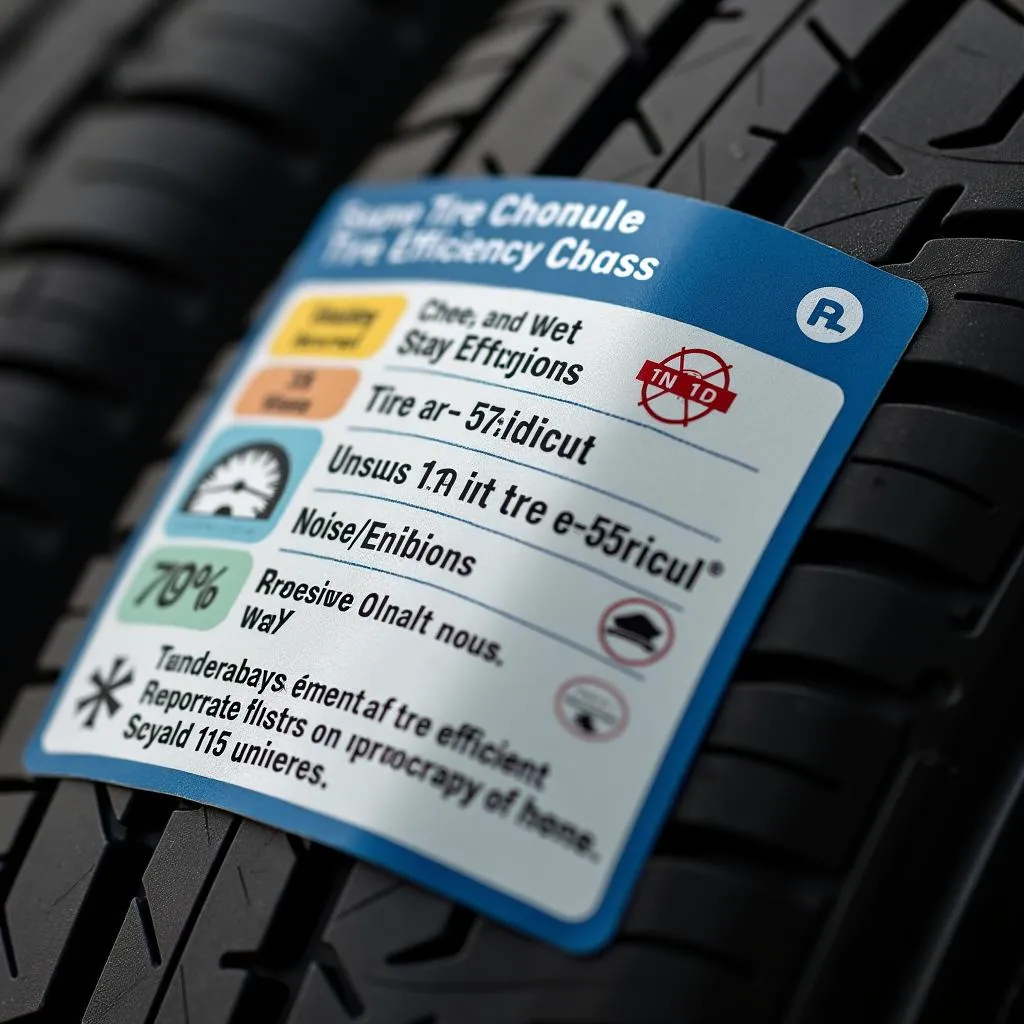The tire efficiency class is an important criterion when choosing tires, as it provides information about the rolling resistance and thus the fuel consumption of your vehicle. But what exactly does the classification from A to G mean, and what impact does it have on your wallet and the environment? In this article, you will learn everything you need to know about the tire efficiency class.
What Does Tire Efficiency Class Mean?
Similar to household appliances, the tire efficiency class provides information about the energy efficiency, in this case the rolling resistance of the tire. Rolling resistance describes the force required to keep the tire moving on the road. The lower the rolling resistance, the less fuel the vehicle needs.
The classification is divided into seven classes from A (best class) to G (worst class). A tire of class A has a significantly lower rolling resistance than a tire of class G.
Why Is Tire Efficiency Class So Important?
The tire efficiency class has a direct impact on your fuel consumption and thus on your fuel costs. Low rolling resistance can save you real money, especially with high mileage.
But not only your wallet benefits from fuel-efficient tires, but also the environment. Because lower fuel consumption also means fewer CO2 emissions and thus an active contribution to climate protection.
How Does Tire Efficiency Class Affect Driving Performance?
Some drivers fear that tires with low rolling resistance may compromise driving performance. In fact, the tire compound influences grip and braking distance. However, modern class A or B tires can impress with excellent driving characteristics and do not have to hide behind tires of other classes in terms of safety.
“Tire development has made enormous progress in recent years,” explains Dr. Markus Schmidt, tire specialist at ADAC. “Nowadays, drivers no longer have to compromise on safety with fuel-efficient tires.”
What Should You Consider When Buying Tires?
In addition to the tire efficiency class, you should also pay attention to other important criteria when buying tires:
- Tire Profile: Summer tires, winter tires, or all-season tires? Choose the right profile for the respective season. Buy all-season tires at affordable prices
- Tire Size: You can find the correct tire size in your vehicle registration document.
- Load Index: The load index indicates how much weight the tire can carry.
- Speed Index: The speed index indicates the maximum speed for which the tire is approved.
 EU tire label explaining efficiency ratings
EU tire label explaining efficiency ratings
Conclusion: Tire Efficiency Class – An Important Factor for the Environment and Your Wallet
The tire efficiency class is an important factor when choosing tires. Tires with low rolling resistance save fuel, protect the environment, and do not have to compromise on safety. When buying tires, therefore, pay attention to a good efficiency class and find out about other important criteria such as tire profile, tire size, and load index.
Do you have any questions about the tire efficiency class or need help choosing tires? Feel free to contact us, our experts for car repair are happy to help!
